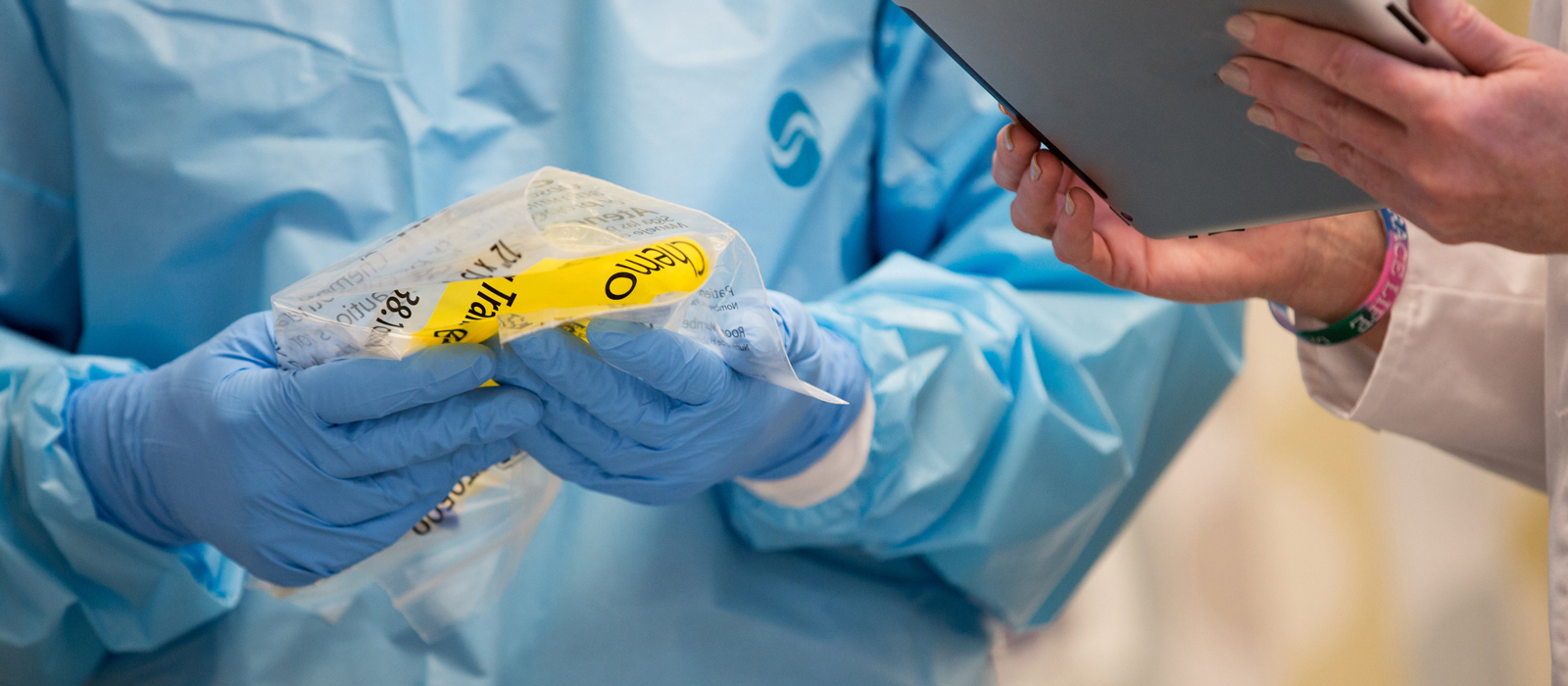Although USP Chapter <800> implementation has been delayed, ONS experts are receiving questions about clarifications and specifics for wearing gowns when handling hazardous drugs (HDs). Questions include topics such as hanging gowns and reusing, length of time gowns can be worn, the need for gowns with oral chemotherapy agents, and materials requirements of gowns.
ONS recommendations are based on those from the Occupational Safety and Health Administration, National Institute for Occupational Safety and Health (NIOSH), and Centers for Disease Control and Prevention.
Personal protection equipment (PPE) recommendations exist to protect you and your colleagues. Acute and chronic effects of healthcare professional exposure to HDs are well documented. Complete adherence to PPE recommendations can dramatically reduce the risk of occupational exposure and minimize risk to healthcare professionals.
Recommendations for Gowns
Gowns must be worn only once before being properly disposed. “The practice of hanging up a gown between uses may lead to surface contamination and contamination of clothing when reapplied. Gowns are intended for single use and should not be worn more than once.”
Unlike with gloves, no standard has been established for testing the efficacy of materials used in gowns. However, some testing has been done to suggest that gowns with polyethylene or vinyl coatings provided adequate splash protection and prevented penetration of the antineoplastic agents. Gowns that are used for handling HDs must be disposable and made of a lint-free, low-permeability fabric. They should have a solid front (back closure) and knit or elastic cuffs. Laboratory coats and other cloth fabrics absorb fluids, so they provide an inadequate barrier to HDs and should not be used.
Similarly, no data exist on how long the same gown can safety be worn. Recommendations are that gowns must be changed immediately when leaving the handling or administration area if they are known to be contaminated.
Gowns are always required when handling the body fluids of patients who have received a HD within the past 48 hours, because traces of the drug have been found in body fluids for this amount of time. This is true regardless of the route of administration. However, NIOSH recommends that when administering intact HD capsules or pills, one pair of chemotherapy-tested gloves will suffice and a gown may not be necessary.






